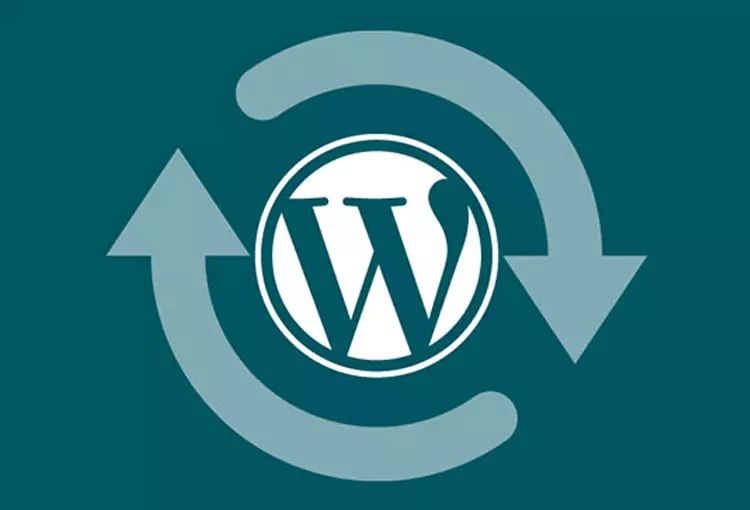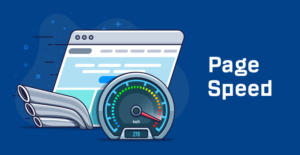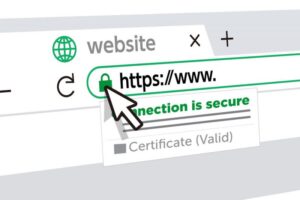Keeping your WordPress website updated is essential for security, performance, and staying up-to-date with the latest features. Whether you’re managing a professional website, an e-commerce platform, or require website maintenance, one common concern during updates is downtime. In this guide, we’ll explore effective strategies to minimize downtime when updating your WordPress site. If you need expert guidance on website maintenance or WordPress updates, please contact me at email: afhamzahid5@gmail.com or Phone: +92 315-3212271.
Table of Contents
The Challenge of Downtime
Downtime can be disruptive for your website’s visitors and business operations. It’s crucial to balance the need for updates with the goal of keeping your site online and accessible. Here are some strategies to help you minimize downtime during updates.
Ways to Minimize Downtime During WordPress Updates
- Backup Your Site: Before performing updates, always create a full backup of your website. This ensures that you can restore your site in case anything goes wrong during the update process.
- Staging Environment: Set up a staging environment that’s a duplicate of your live website. Perform updates on the staging site first to test for any issues. If everything goes smoothly, replicate the changes on your live site.
- Scheduled Updates: Plan updates during low-traffic hours. Consider your audience’s time zone to minimize the impact on your global users.
- Use a Maintenance Mode Plugin: Utilize maintenance mode plugins to display a temporary maintenance page to visitors during updates. This informs them that the site is undergoing maintenance and will be back soon.
- Utilize Managed Hosting: Managed hosting providers often offer automated WordPress updates that can minimize the risk of downtime. They handle the updates in the background, ensuring your site remains online.
- Enable Automatic Updates: Enable automatic updates for minor WordPress core updates. These updates typically contain security fixes and can be applied automatically, reducing the need for manual intervention.
- Test Compatibility: Check for plugin and theme compatibility with the latest WordPress version before updating. Outdated plugins or themes can cause conflicts.
- Monitor Your Site: Use website monitoring tools that can alert you to downtime immediately. Being aware of any issues allows for swift action.
- Quick Rollback Plan: Always have a rollback plan in place. If something goes wrong during an update, you should be able to quickly revert to the previous version.
- Stay Informed: Keep yourself updated on the latest WordPress updates and best practices. Staying informed allows you to anticipate and prepare for upcoming updates.
Conclusion
Minimizing downtime during WordPress updates is vital for maintaining a professional website, e-commerce platform, or any WordPress site. By following these strategies, you can ensure that your updates are as smooth and hassle-free as possible.
If you have questions about minimizing downtime during WordPress updates or need expert guidance on website maintenance, please contact me at email: afhamzahid5@gmail.com or Phone: +92 315-3212271. I’m here to assist you in keeping your WordPress site up to date and running smoothly.




